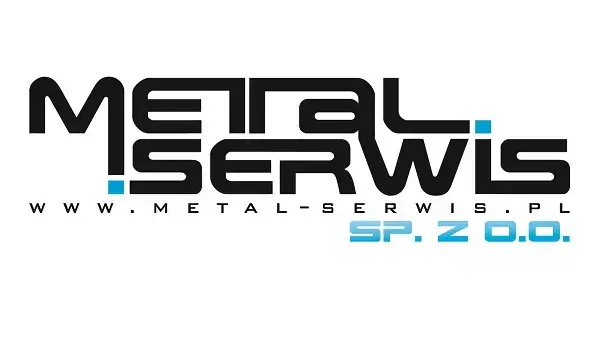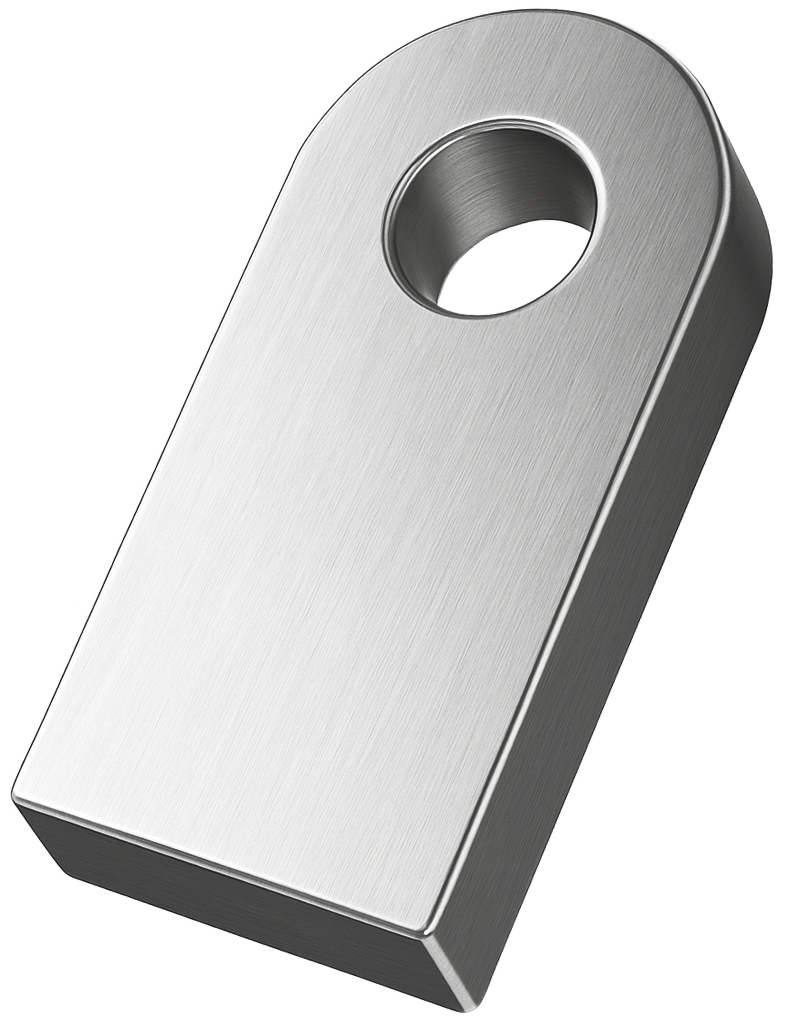Blog
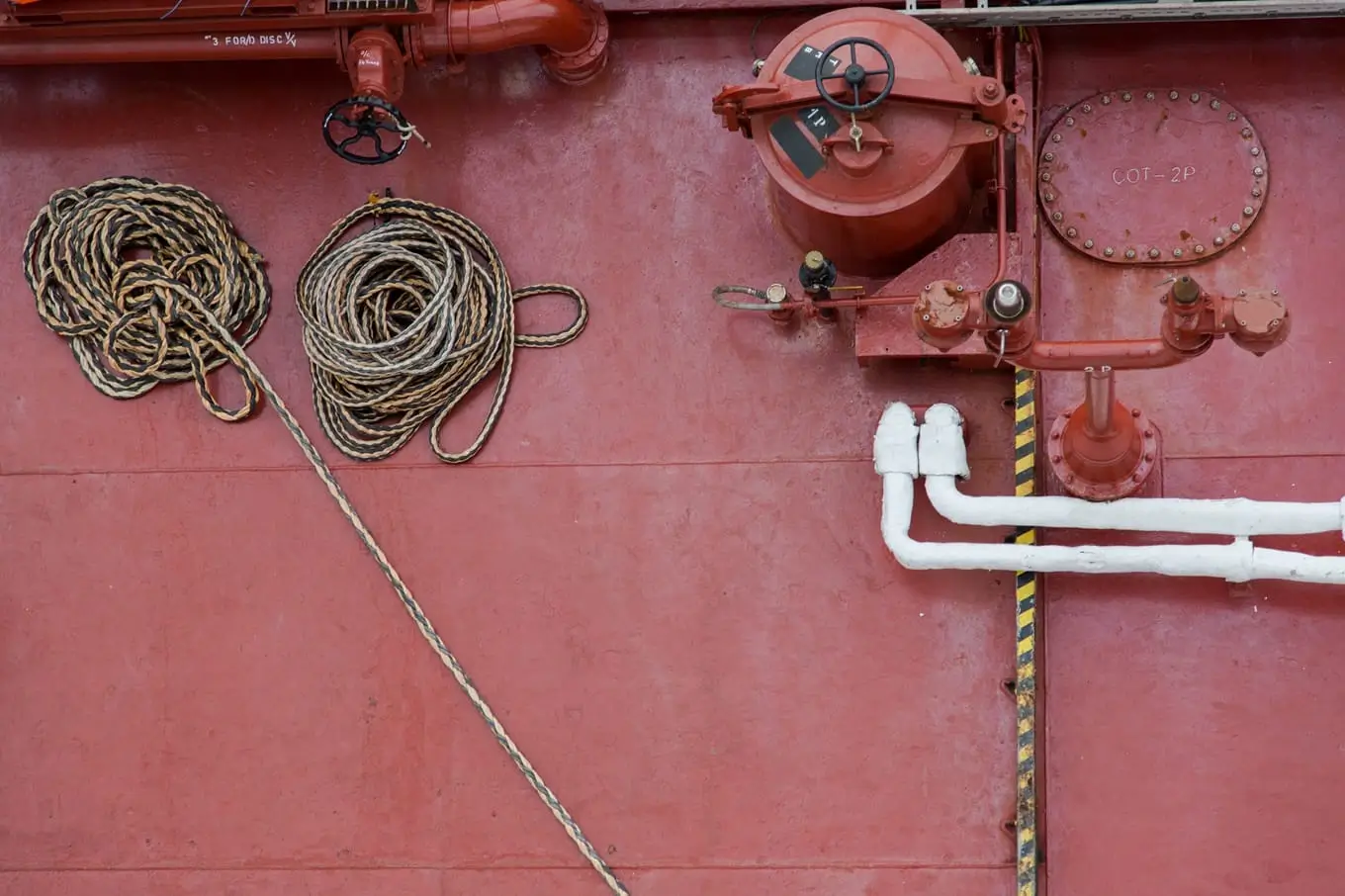
What Standards Must Marine Hatches Comply with?
Marine hatches play a crucial role in ensuring the safety and functionality of vessels. They serve to secure access to various parts of the ship, for both crew and equipment, while simultaneously protecting against water ingress. To fulfill their purpose, they must comply with specific technical, strength, and sealing standards,
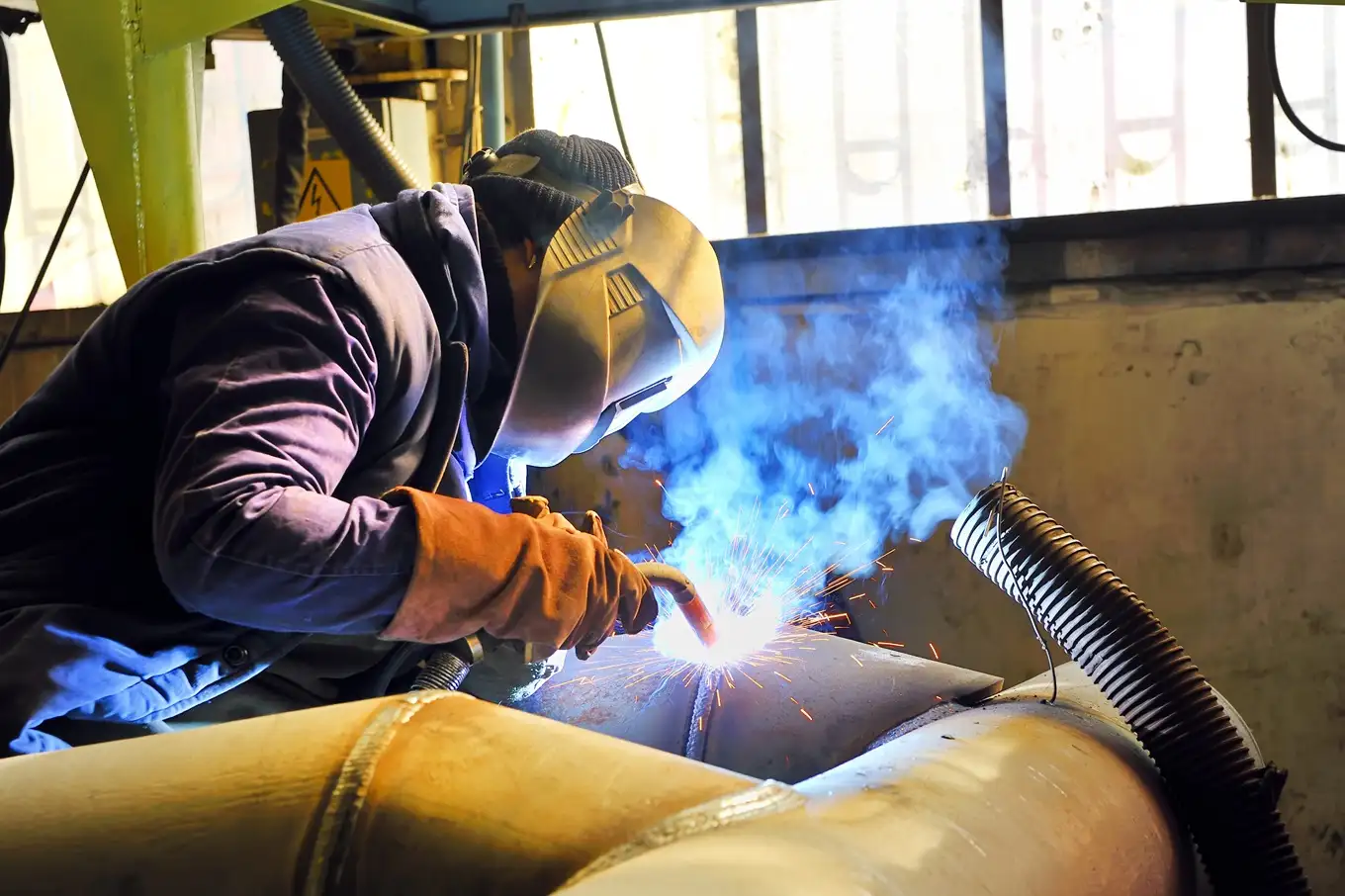
MIG/MAG Welding vs. TIG Welding: A Comparison
Welding is one of the most important methods of joining materials, and in the welding industry, MIG/MAG and TIG techniques are most commonly used. These two methods differ not only in process but also in application, level of precision, and type of materials used. Both MIG/MAG and TIG have their
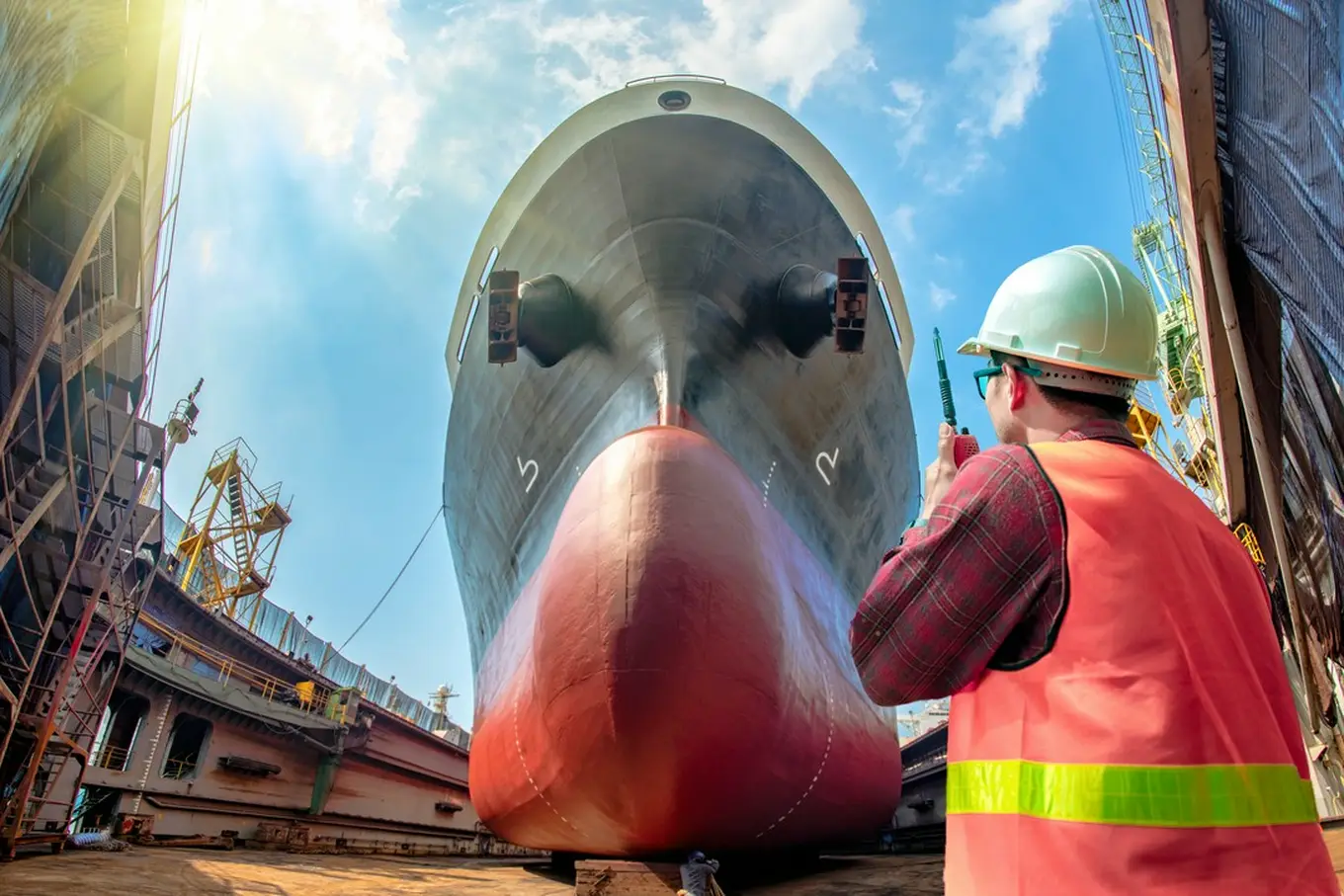
Shipbuilding Industry – Characteristics
The shipbuilding industry plays a crucial role in the global economy, dealing with the design, construction, and maintenance of various types of vessels. It encompasses a wide range of activities, from the construction of powerful container ships and tankers, through military vessels, to luxury yachts and passenger ferries. This industry
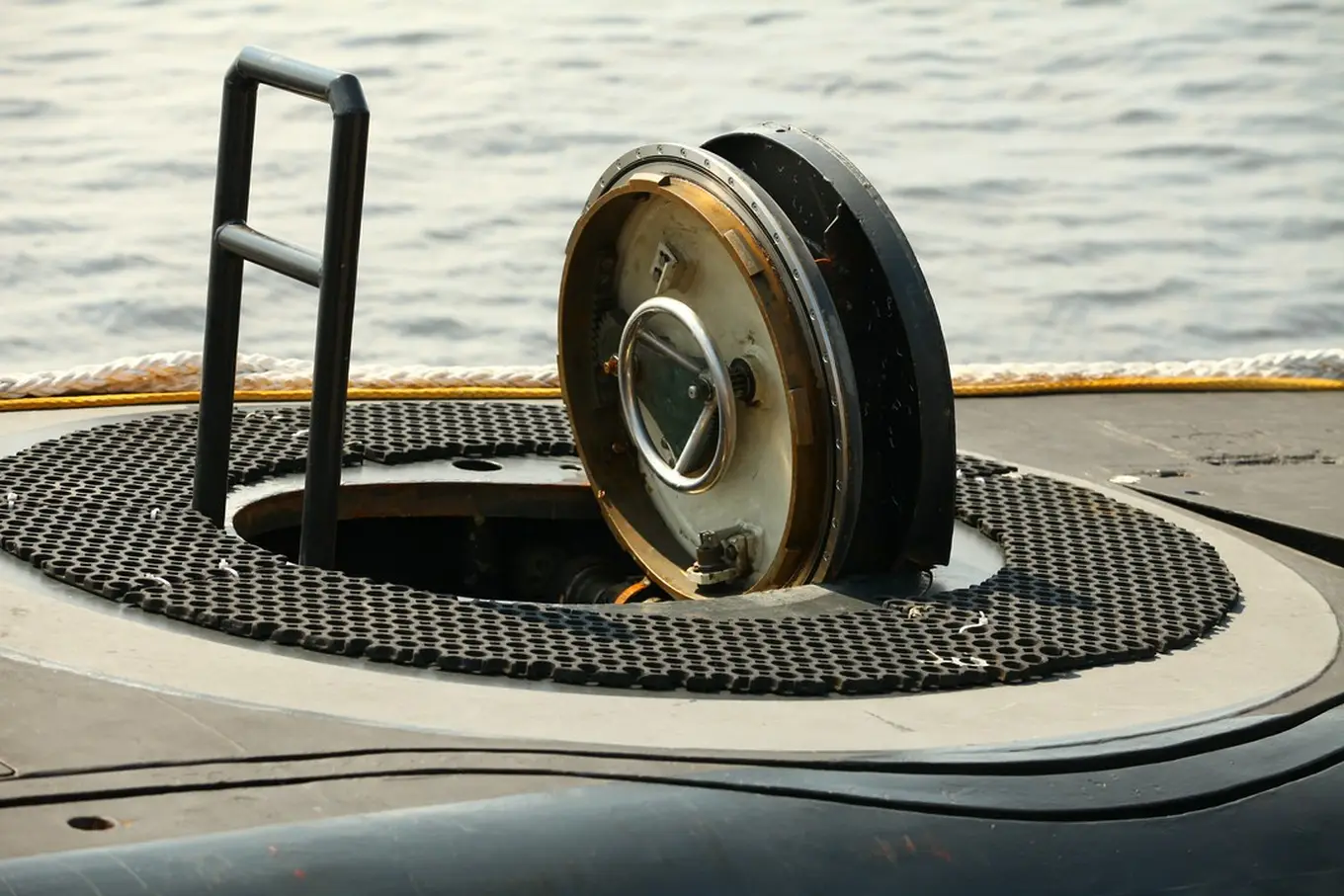
What Products are Created for the Shipbuilding Industry?
The production of marine hatches, covers, and coaming rings is a crucial element in ship construction and maintenance. These hatches provide access to various parts of the vessel while ensuring watertight integrity and safety. The production process for these components requires precision, appropriate materials, and compliance with international norms and
![manganese-steel.[1]](https://metal-serwis.pl/wp-content/uploads/2024/05/stal-manganowa.1-scaled.webp)
Manganese Steel – Characteristics and Applications
Steel, an alloy of iron and carbon, is divided into many grades that differ in chemical composition and properties, determining their diverse applications in industry. The basic classification of steel includes carbon, alloy, and high-alloy steels. Carbon steels are characterized by a carbon content of up to 2.1% and are
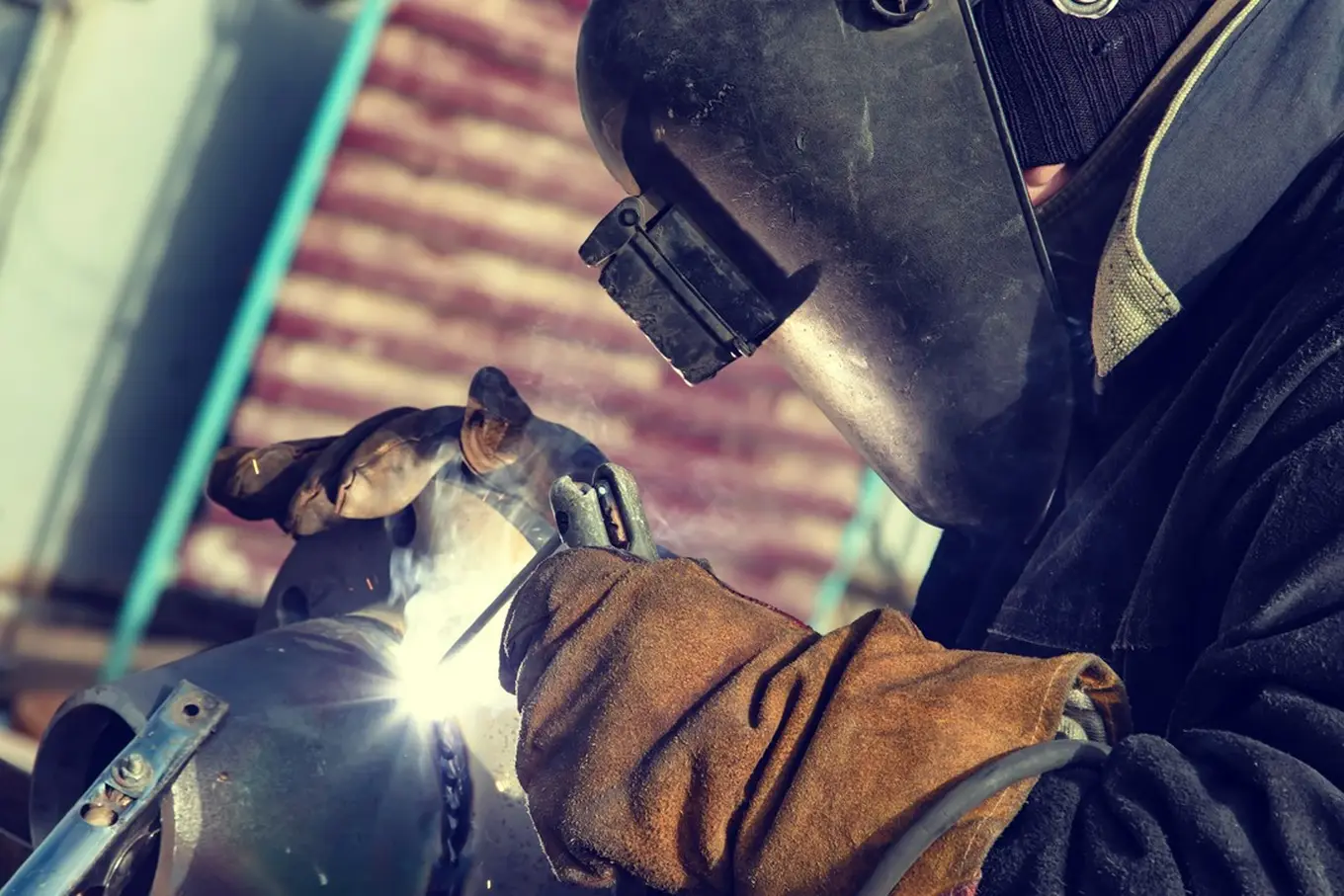
What Qualifications Must a Welder Have?
Manufacturing many machine parts, equipment, industrial installations, or structures requires permanent and stable joining of materials to achieve the necessary mechanical load resistance. The most commonly used technology for joining components while maintaining high strength is metal welding. However, appropriate certifications are necessary for preparing welds, ensuring that the entire
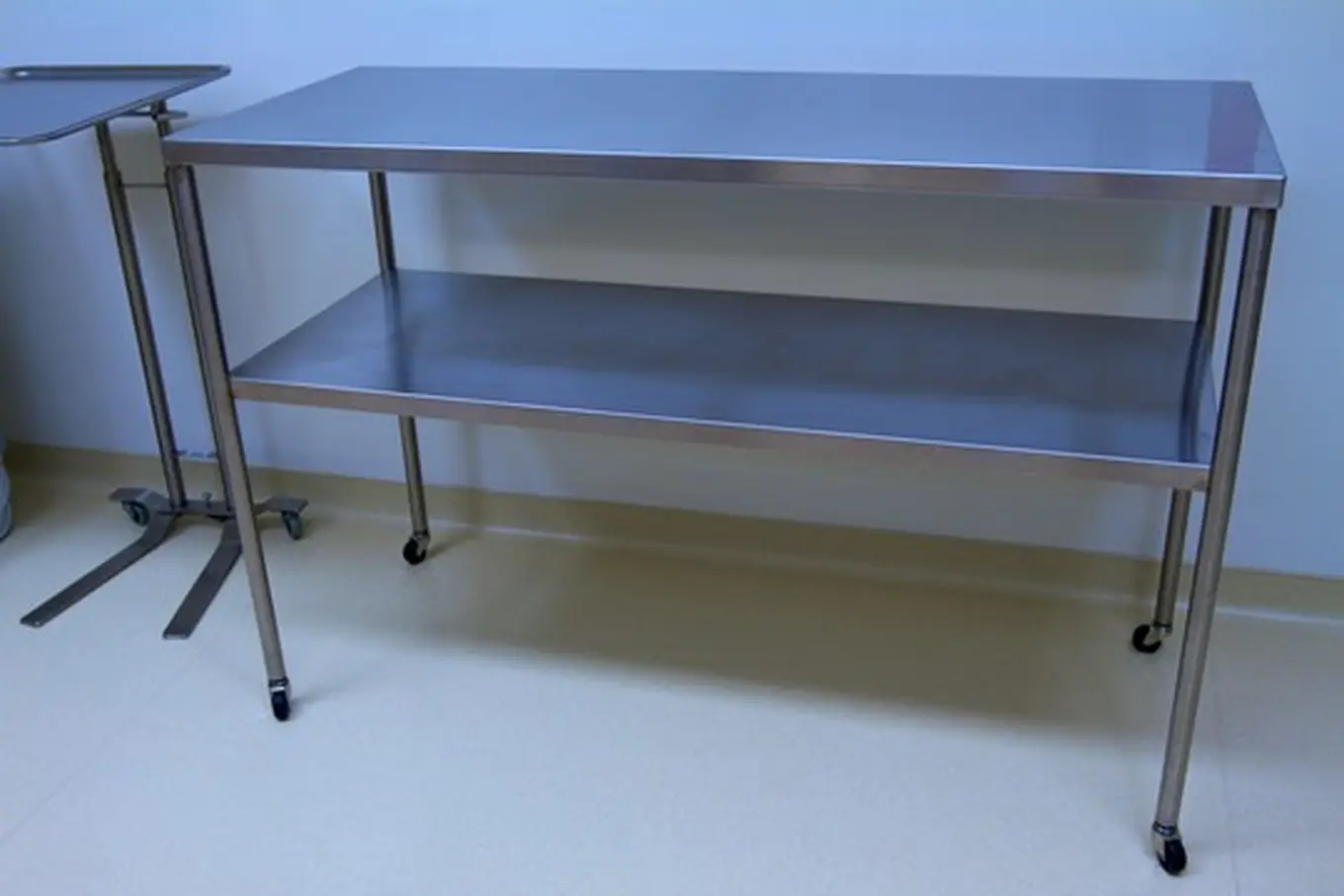
Where to Use Steel Furniture?
Metals, particularly various types of steel, are materials suitable for producing diverse components that require high resistance to external factors. This includes mechanical stresses such as pressure, bending, or torsion, as well as thermal loads and exposure to chemicals. This is facilitated by numerous technologies that enable specific components to
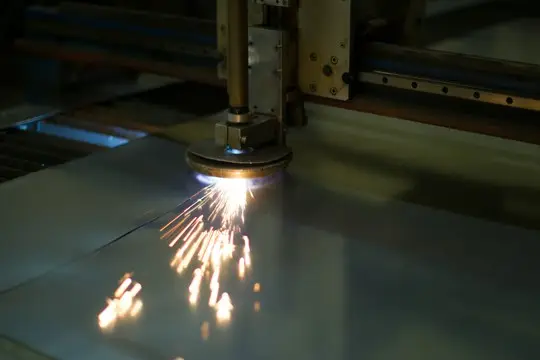
Plasma Cutting vs. Gas Torch Cutting. Comparison
Manufacturing metal elements usually involves the need for proper preparation of the material that will undergo further processing. Among the most important and frequently performed operations is obtaining components with appropriate geometry and dimensions. A commonly used method for this purpose is sheet metal cutting, bars, or other types of
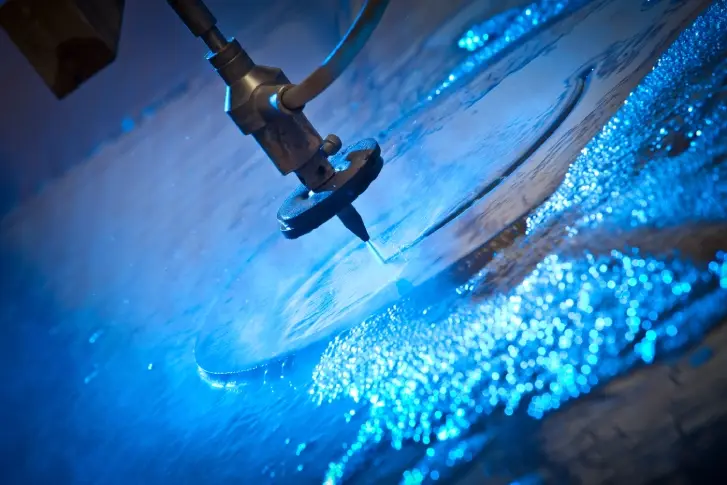
What is Water Cutting?
Preparing materials for further processing and giving the desired final shape to individual manufactured elements usually requires the use of appropriate cutting technology. It is typically selected based on the possibilities it provides in terms of surface finish precision, cutting line pattern, work speed, and the characteristics of the specific
